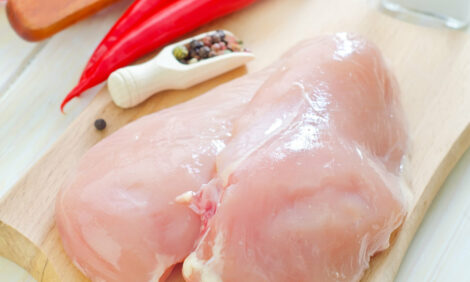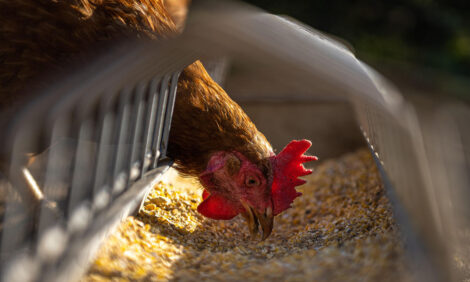



Growth Performance & Energy Utilisation of Broiler Chickens on Triticale-Based Diets
Most of the triticale cultivars tested were similar to maize and superior to wheat, even without microbial enzyme supplementation, according to A.P. Widodo, J.V. Nolan and P.A. Iji of the University of New England in their paper to the 2011 Australian Poultry Science Symposium.
Triticale will become an increasingly important cereal grain in some areas because of its high yield potential, drought stress tolerance and disease resistance (Todorov, 1988). However, it is important to assess the nutritive value of the grain in order to establish its potential as an energy source. The concentrations of nutrients and anti-nutritive factors in some of the new high-yielding cultivars are also variable and need to be documented.
The next level of research will be to determine the nutritive value of these cultivars including the availability of energy in these grains. The present study was conducted to investigate the effect of high-yielding cultivars of triticale in diets on production performance and utilisation of dietary energy by broiler chickens.
Semi-purified diets were formulated to contain 70 to 75 per cent of five cultivars of triticale (Bogong, Canobolas, Jackie, Tobruk and Endeavour) and two control diets based on maize and wheat. All diets were iso-caloric and iso-nitrogenous and were offered without any microbial enzyme supplements to 336 day-old chicks (initial weight, 37.2±0.90 g) until 22 days of age. Each diet was replicated six times, with eight chicks per replicate.
The chicks were reared in cages in an environmentally controlled house. The AME of the diets was measured through total faecal collection between 18 and 22 days of age. Feed intake, body weight and FCR were measured weekly. At the end of the trial, two chicks per replicate were randomly selected and slaughtered. The carcasses were minced, freeze-dried and sub-sampled for protein, fat and energy analyses. The data were used to derive values for nutrient retention, net energy of production (NEp), heat production and efficiencies of utilisation of protein, fat and metabolizable energy based on the methods of Olukosi et al (2008).
From one to seven days of age feed intake, weight gain and FCR were poorer (P<0.05) on the wheat-based diet than on the triticale- and maize-based diets. When assessed to 21 days of age, feed intake and weight gain of birds fed on the diets based on wheat and Canobolas were also lower (P<0.05) than those of chicks on the other diets but FCR was similar for all diets.
The ME intake and NEp from 1 to 22 days was lower (P<0.05) on the wheat-based diet than on the triticale- and maize-based-diets. Chickens on all five triticale-based diets retained more (P<0.05) energy in form of protein and fat than those on the wheat based-diet. The efficiencies of ME use for energy and protein retention were similar among the diets, however, the efficiency of ME use for lipid retention on the wheat- and maize-based diets was lower (P<0.05) than on diets containing Bogong, Canobolas, Jackie and Tobruk but relatively similar to Endeavour.
It can be concluded that all but one of the tested triticale cultivars was similar to maize and superior to wheat, without microbial enzyme supplementation. Further studies are underway to measure the response of the cultivars to supplementation with microbial enzymes and physical processing.
References
Olukosi O.A., Cowieson A.J. and Adeola O. (2008) Brit. J. of Nutr., 99(3): 682-90.
Todorov N.A. (1988) In: Livestock Feed Resources and Feed Evaluation in Europe, Eds. De Boer, F. and Bickel, H., 47-95.
Further Reading
| - | You can view other papers presented at the Australian Poultry Science Symposium 2011 by clicking here. |
July 2011








